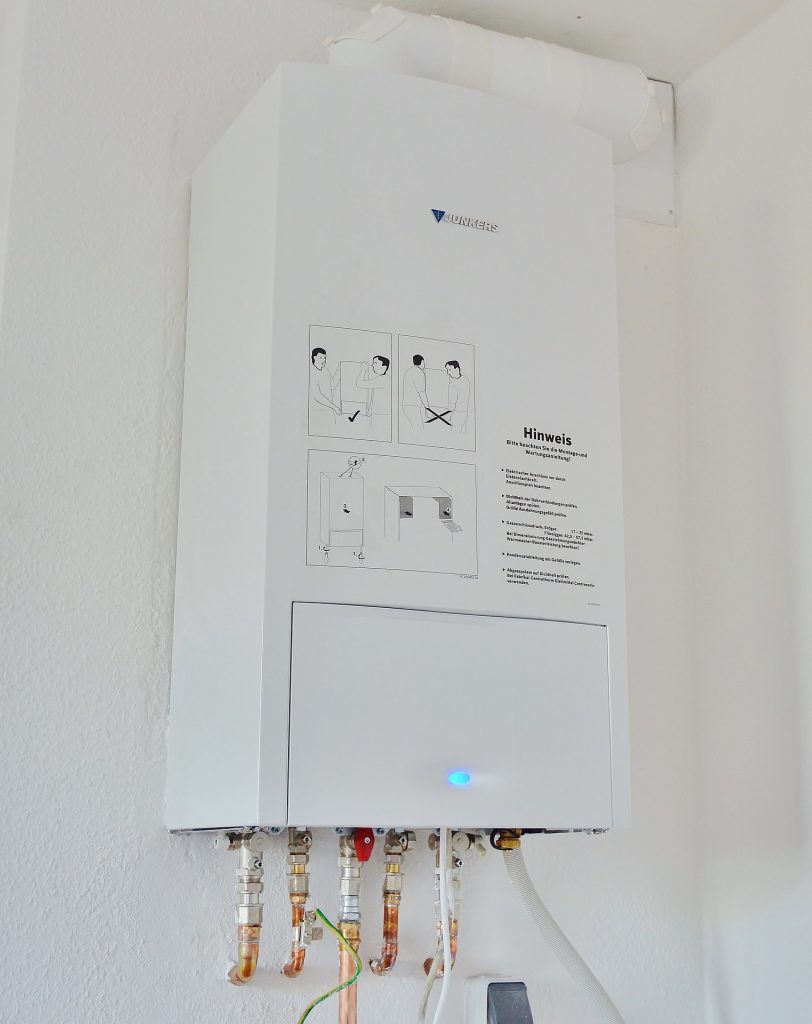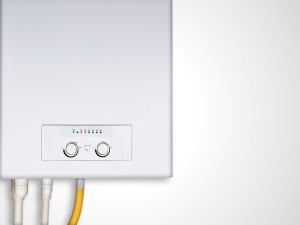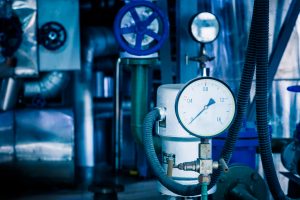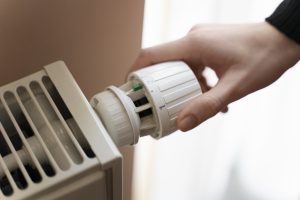Tankless water heaters, also referred to as instantaneous, on-demand, or instant-on heaters, are water heaters that operate without a storage tank. They heat water directly as it passes through the pipe. Once a tap is opened, cold water travels through the pipe and is heated either by a gas burner or electric element. On average, they can provide 2-5 gallons of hot water per minute.
Tankless water heaters are very common nowadays and are darling for many homeowners given their convenience and cost-effectiveness. What matters is your budget and home structure. However, like so many things, tankless heaters have their pros and cons. It is crucial to know them before deciding on whether to install one for your household. Asking for help from a professional is also a good idea.
In this article, we shall look at the pros and cons of instant-on heaters.
Pros of instant-on heaters
Offer continuous water flow
A tankless heater provides a continuous flow of hot water. Coldwater passes into the tankless water heater once a tap is opened to provide a constant flow of hot water. You don’t need the tank to fill up with enough hot water like the storage tank heaters.
Huge energy savers
Though initially costly to purchase and install, tankless water heaters can avoid the heat losses associated with storage water heaters. Thus, they can lead to energy and cost savings in the long run. On average, they use 30-50% less energy than units with tanks. Thus, with a tankless water heater, you can end up spending less on energy bills, depending on water usage.
Increased longevity
A tankless heater lasts for more than 20 years. Its parts are easily replaceable hence extending their life span by many years. A tank water heater lasts for 10-15 years.
Occupy less physical space
Tankless water heater systems take up less space than their storage tank counterparts as they can be fitted on the walls or internally in the building structure. If you’re limited on space, a tankless water heater is an ideal option.
Reduced risk of water wastage
The fact that there is no physical water storage means that there is no water wastage through tank rupture. However, the risk remains in case of pipe or fitting failure.
Safer
Tankless water heaters control temperatures meaning dangerous temperatures and fluctuations are unlikely. Water in tankless heaters is also less likely to be contaminated by toxic metals that can be found dissolved in hot storage water tanks. Thus, it results in reduced exposure to these toxic metals for you.
Savings in water use
Since the water flows already hot, you do not have to run the cold water as you wait for it to heat up, reducing water wastage. More water savings means less cost for you.
Temperature compensation
The tankless heaters are fitted with a temperature compensating valve that ensures the pressure and temperatures do not decrease with continuous use. Most modern tankers are also fitted with a flow control valve to regulate the amount of water they heat and discharge. The flow control valve ensures the temperatures are maintained at a constant rate.
Unlimited hot water
Though flow rate influences the amount of hot water discharged, the tankless heater can deliver hot water at that rate indefinitely. However, this can limit use.
Cons of instant-on heaters
High initial costs
Purchasing a tankless heater requires you to go deeper into your pocket as they are more expensive than the storage-type heaters. The installation also comes at an increased cost, especially where you’re changing from a storage heater to a tankless alternative.
Technical modifications like increasing the electrical wing or gas pipeline to handle the load contribute to the high costs.
Delay in starting up
When starting up, a long wait is anticipated for the hot water to begin to flow. This is because the water is heated on demand. Any water that was present in the piping flows at room temperature at first. Many facilities have introduced a heat store to deal with this issue.
On and off use
As discussed above, the tankless heater gives hot water throughout continuous use. However, in the case of on and off use, you will experience cold water in between as the water heats up. Thus, this may give the notion that the heater is failing intermittently, which is not so.
Limited energy source flexibility
The tankless heater uses gas or electric heat sources and does not allow other renewable sources except solar power. The storage tank heaters can use options such as district heating, central heating, and geothermal heating, which are renewable energy sources.
Power interruptions
In case of power outages, the electric tankless water heaters cannot supply hot water, but the storage water heaters can supply the hot water already stored in the tank.
Trouble coping with multiple demands
In large households where many simultaneous tasks use hot water, one tankless heater may not be enough. This is because one tankless heater may be overloaded and pushed to its limits. More than one tankless heater is recommended to ensure there is always hot water for laundry, washing dishes, and showers.
Operation with low supply pressure
In a tankless water heater, the systems are reliant on the water pressure from the property. It cannot change. In the tank storage systems, the tanks can be positioned above the water outlets. This allows the force of gravity to help in delivering the water. Pumps can also be used to increase pressure.
Maintaining constant shower temperatures
The faster the water flow in the tankless water heater, the lower the temperature as less time is used heating it. Due to the on and off hot water usage during shower stages, the temperatures may vary and it might not be easy adjusting to the initial or constant temperature. This may not be a problem for other uses except the shower.
Recirculation systems
A tankless water heater remains dormant when not in use. Consequently, it is incompatible with convention-based hot water recirculation systems.
As with any machine or appliance, it is crucial to run maintenance for the tankless heater to serve you well and longer. It’s also good to contact the manufacturer if you are doing the installation yourself for guidance on installation specifications. This ensures the optimal functioning of the tankless heater. Equipped with this knowledge, you are in a better position to make the right choice between a tankless heater and a storage heater.








